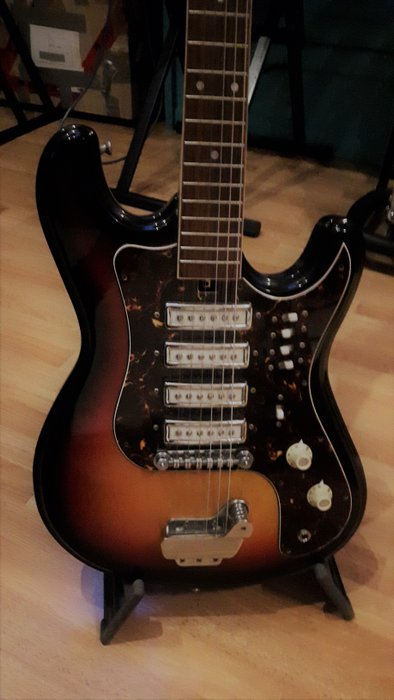

In fact, Westheimer was one of the earliest (and most influential) importers to cultivate Japanese manufacturing in the years surrounding 1960. Even if you haven’t played one of these guitars, there’s a good chance that if you’ve ever played a decent-quality beginner import, you’ve played a guitar associated with Westheimer. Among the brands associated with his activities are Kingston, Teisco, Teisco Del Rey, Silvertone, Emperador, Cortez, and Cort, not to mention a host of other monikers that have graced guitars coming from the Cort factory.

Jack Westheimer – one of the pioneers of global guitarmaking. While there may have been a handful of intrepid pioneers who began developing international guitar manufacturing, it’s no exaggeration to say that no one has had a bigger impact on the globalization of guitars than Mr. “How” is a long, interesting discussion that covers most of the last century or two and that we’ll have some other time.

How did we arrive at our current state of affairs, and who is responsible? Indeed, from the middle of the 19th Century until the 1960s, inexpensive guitars were the province of American mass manufacturers with names such as Haynes, Lyon & Healy, Regal, Stewart, Oscar Schmidt, Harmony, Stromberg-Voisinet, Kay, Valco, and the United Guitar Company. We’re in a global economy McLuhan’s global village instantaneously connected with e-mail. In fact, these days, where a product is made is almost irrelevant to the consumer. And you have to admit that, for the price, what we get is pretty darned good. Today we pretty much take it for granted that if you want an inexpensive guitar, you’re going to buy one made in Korea, Taiwan, Mexico, Indonesia, China, maybe even India.


 0 kommentar(er)
0 kommentar(er)
